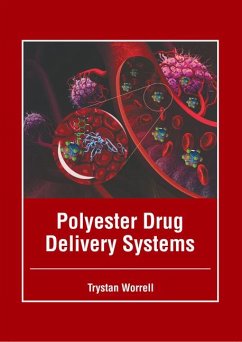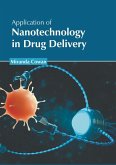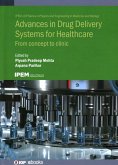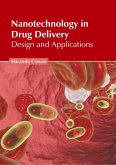Polyester refers to a category of synthetic polymers built up from several chemical repeating units connected together by ester (CO-O) groups. They include both naturally occurring chemicals like those found in insects and plants, and synthetic chemicals like polybutyrate. Polyesters exhibit a diverse range of properties and useful applications. They are used as building blocks in drug delivery vehicles due to their properties of biodegradability and biocompatibility. Poly(caprolactones) (PCL), poly(dioxanone)s (PDO), poly(valerolactone)s (PVL), poly(lactide)s (PLA), poly(lactide-co-glycolide) (PLGA), poly(butyrolactone)s (PBL) and poly(glycolide)s (PGA) are some common polyesters utilized in drug delivery applications. The usage of polyester drug delivery systems may enhance bioavailability and pharmacokinetic properties, enable local administration, and prevent medication deactivation. This book elucidates prospective developments with respect to polyester drug delivery systems. Scientists and students actively engaged in the study of these drug delivery systems will find it full of crucial and unexplored concepts.
Hinweis: Dieser Artikel kann nur an eine deutsche Lieferadresse ausgeliefert werden.
Hinweis: Dieser Artikel kann nur an eine deutsche Lieferadresse ausgeliefert werden.








